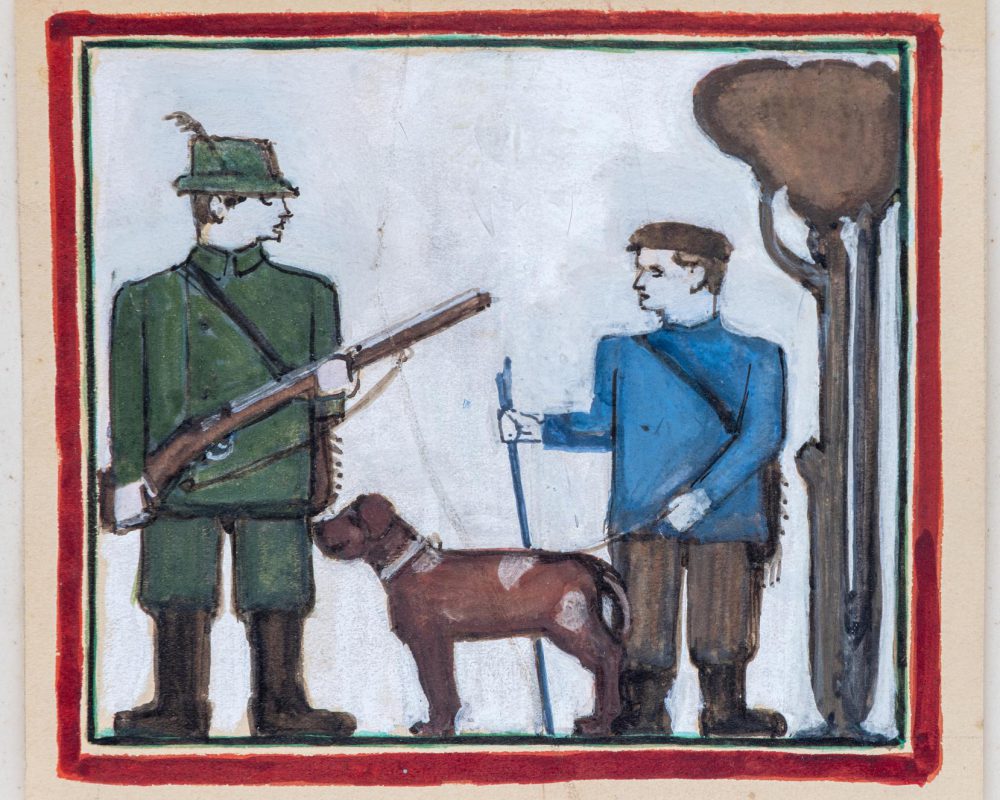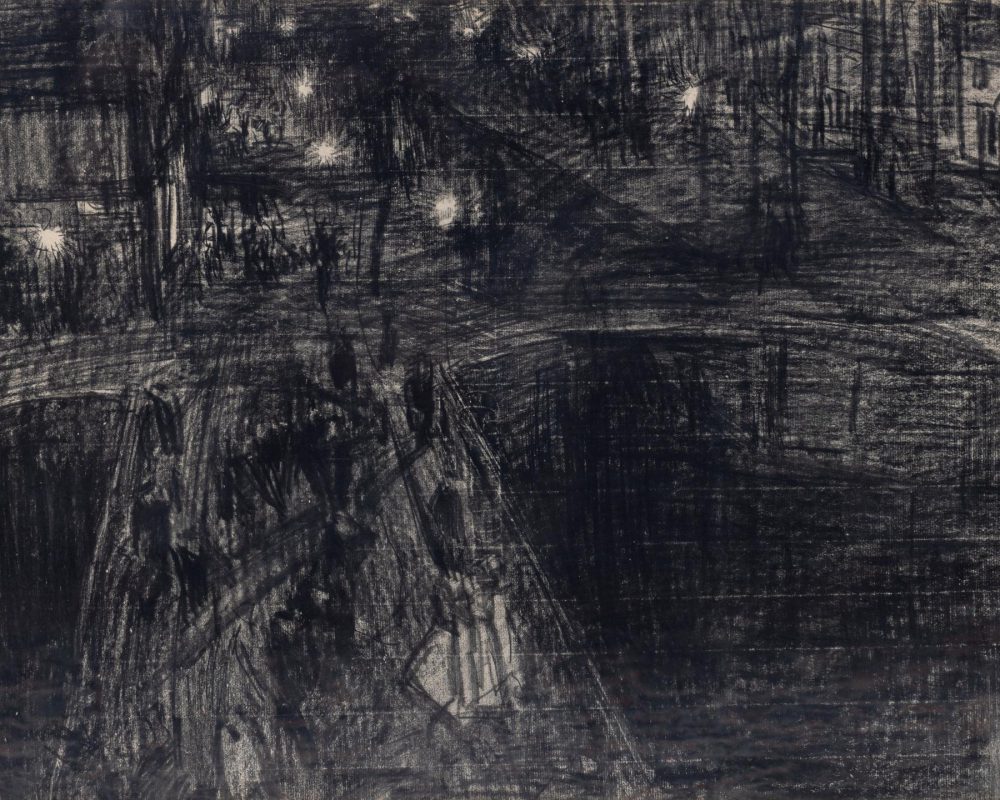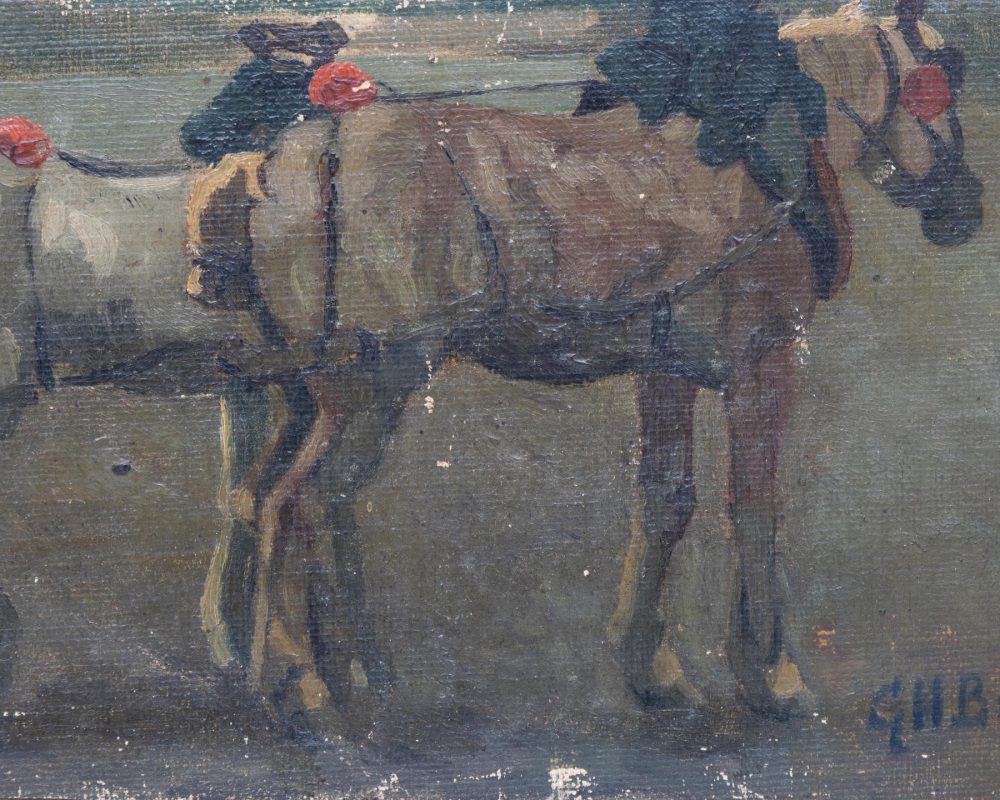Discovered in the Dordogne: Bremmerian collection of Dr JE van der Meulen (1848-1941)
There is a beautiful castle hidden among the trees against the rolling hills of the Dordogne. Following an email with photos and a subsequent telephone conversation, we got in the car to discover which Dutch treasures were hidden there. It turned out that we had walked into a true Bremmerian collection.
While the orange peels were drying on the stove, the beautiful chiens de berger were sleeping and we ate at the rich table, we heard the story of the origin of this Dutch treasure in the hills of the Dordogne.
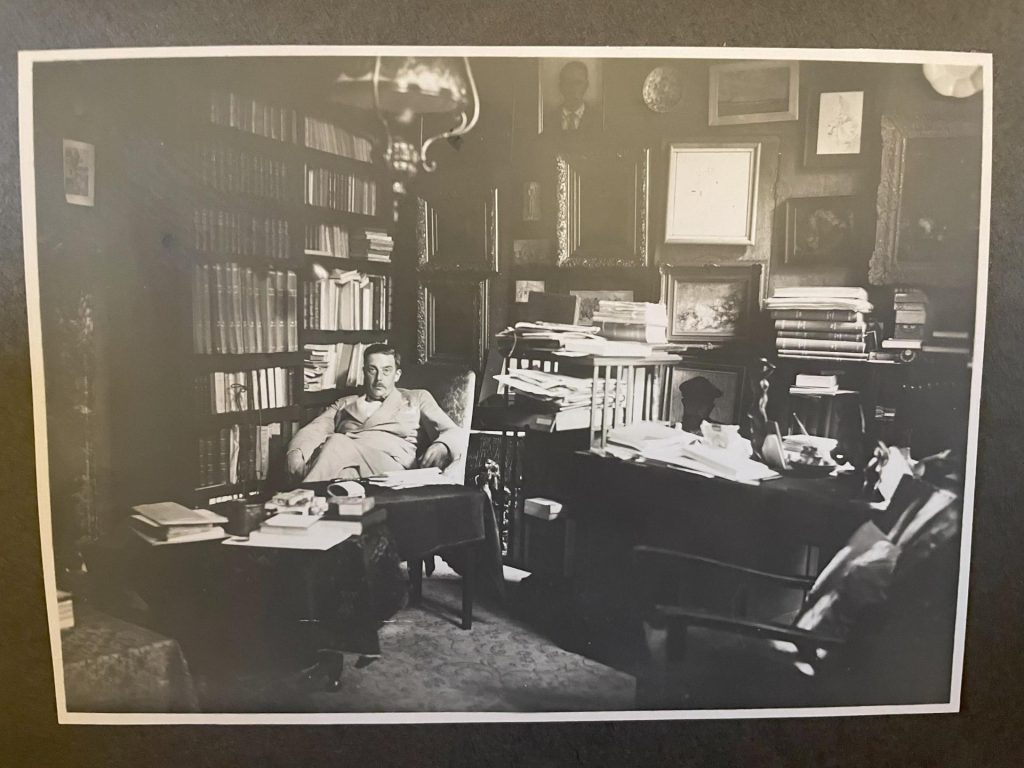
Dr J.E. van der Meulen (1848-1941), living in Utrecht, was a doctor and moved in the art-loving circles of his time. At the end of the nineteenth and the beginning of the twentieth century, beautiful private collections arose in upper-middle-class families out of their love for art. The collection of the Van der Meulen family is a good example of this. Paterfamilias Johannes, physician, already had a Goya hanging in his living room and a painting by Bart van der Leck in his consulting room before he started the art courses of the then ‘art pope’ Hendricus Petrus Beerder (1871-1956) in 1896.
Art had to touch you, Frapper, frapper toujours, Beerder told his students. He then also acted as an art dealer, which meant that many of his students also bought the works he recommended. One of his most famous followers was Helene Kröller-Müller, her collection can still be admired in the museum of the same name on the Veluwe.
Perhaps the greatest treasure that we were able to view in those days in the Dordogne is the guestbook of the van de Meulen family from their house on the Veluwe in Wapenveld called Petrea.
The original farm was founded by the meteorologist professor Chr. HD Buys Ballot around 1850. In 1903 Johannes van der Meulen bought this wooden house which unfortunately burned to the ground in 1915. With the opening of the new house in 1916, the guest book begins with a loving word of thanks from HP B emmer on the first page alone…there are no words to express the gratitude for the simple, generous cordiality and the pleasures of this wonderful surroundings and also of one of the first female lawyers in the Netherlands, Clara Wichman (1885-1922)…the house has risen from the ashes, if possible even more beautiful and cozier than before; and the spirit has remained the same. The sculptor Lambertus Zijl (1866-1947) hunted there a lot and always wrote down his notes accompanied by a beautiful monogram and Jo Koster van Hattem (1868-1944) spent many summers there. Also the son of HP Bremmer, Rudolf Bremmer (1900-1993) lived there a lot and left many drawings in the book.
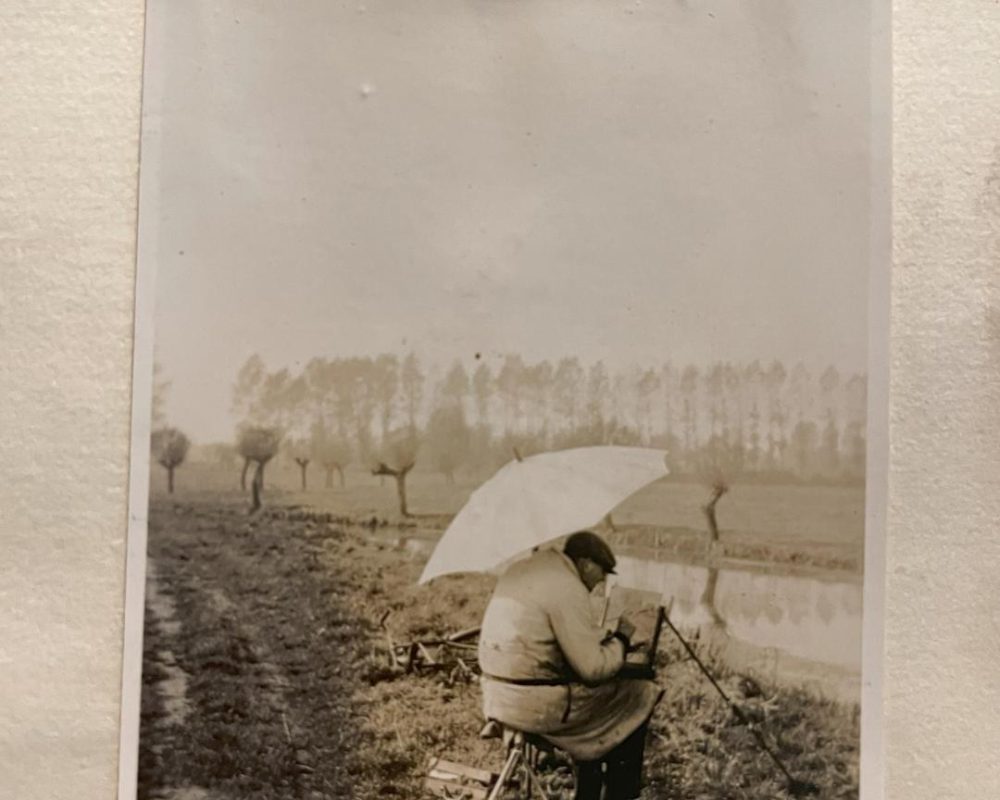
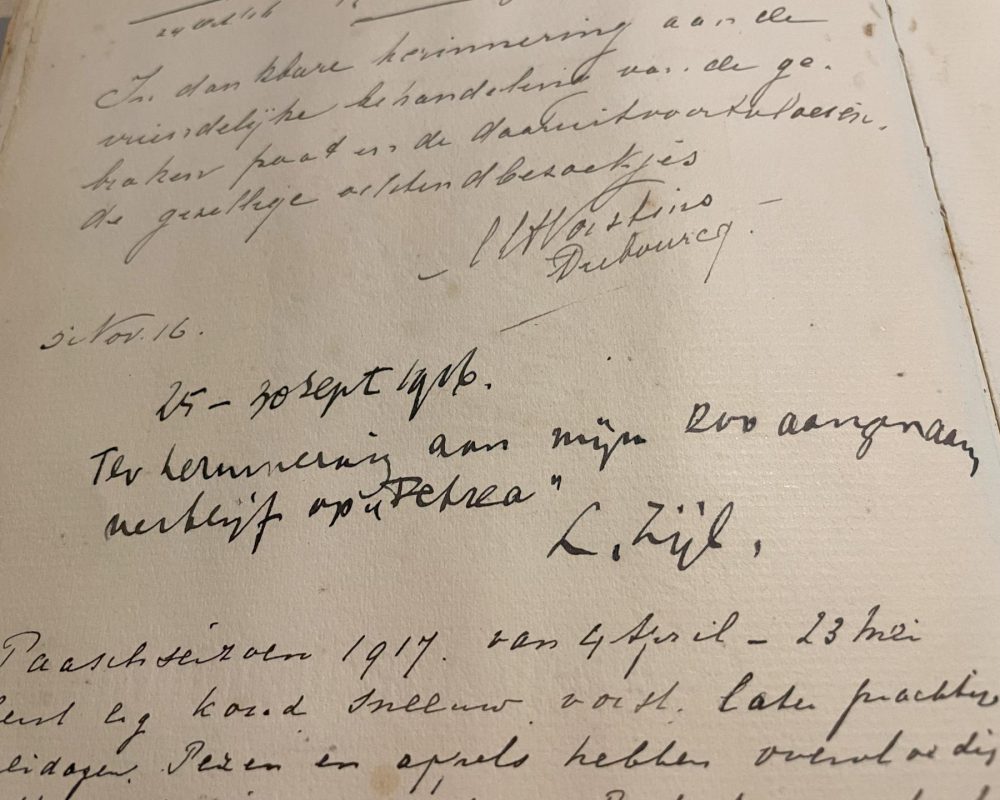
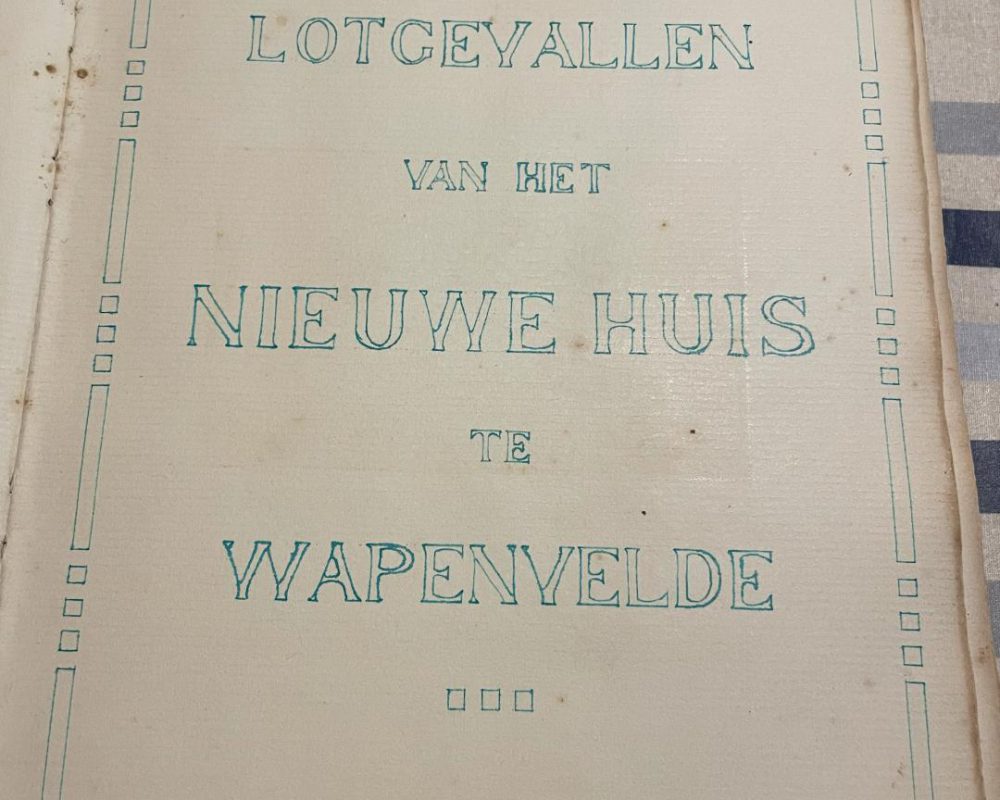
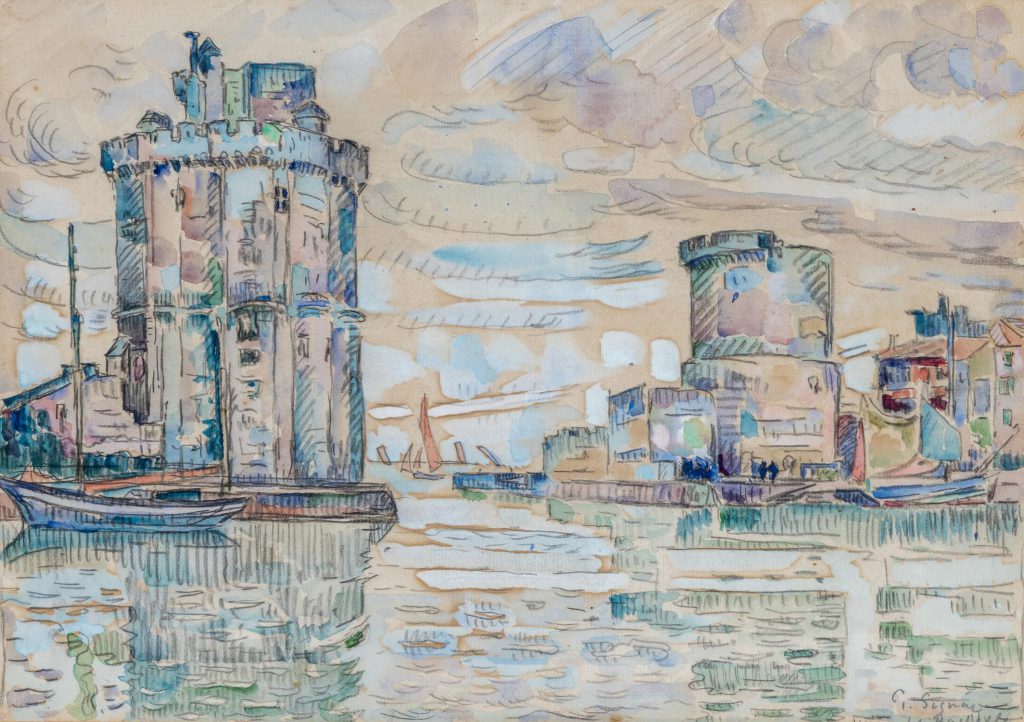
In 1968, Johannes’ son donated the 307 hectare estate to the Geldersch Landschap en Kasteelen, to date the largest donation ever.
Bremmer and his circle come to life not only through the names, photos, poems and drawings from the guest book, but certainly also from the stories at the table of the family castle in France that has been owned since 1928. Not so much as an art pope, although his influence is felt everywhere, but above all as a family friend (somewhere halfway through the book he notes, slightly surprised… this is already the twenty-fifth time we have come here) and valued artist.
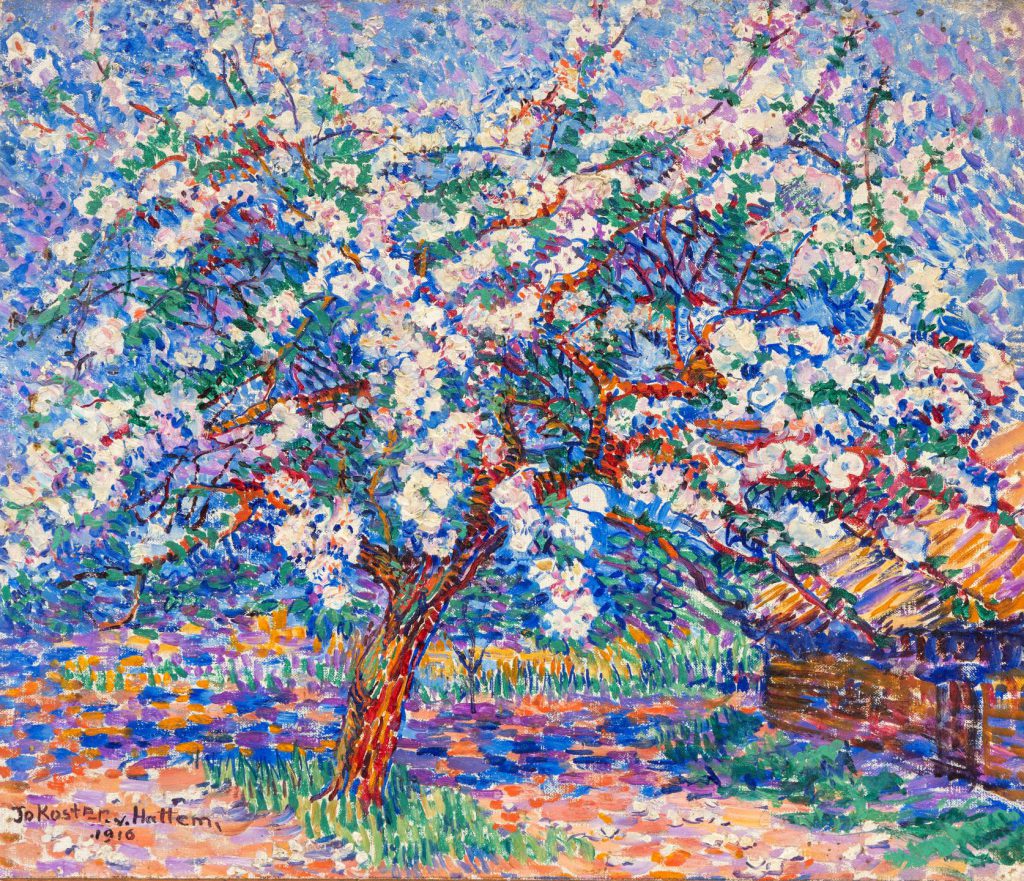
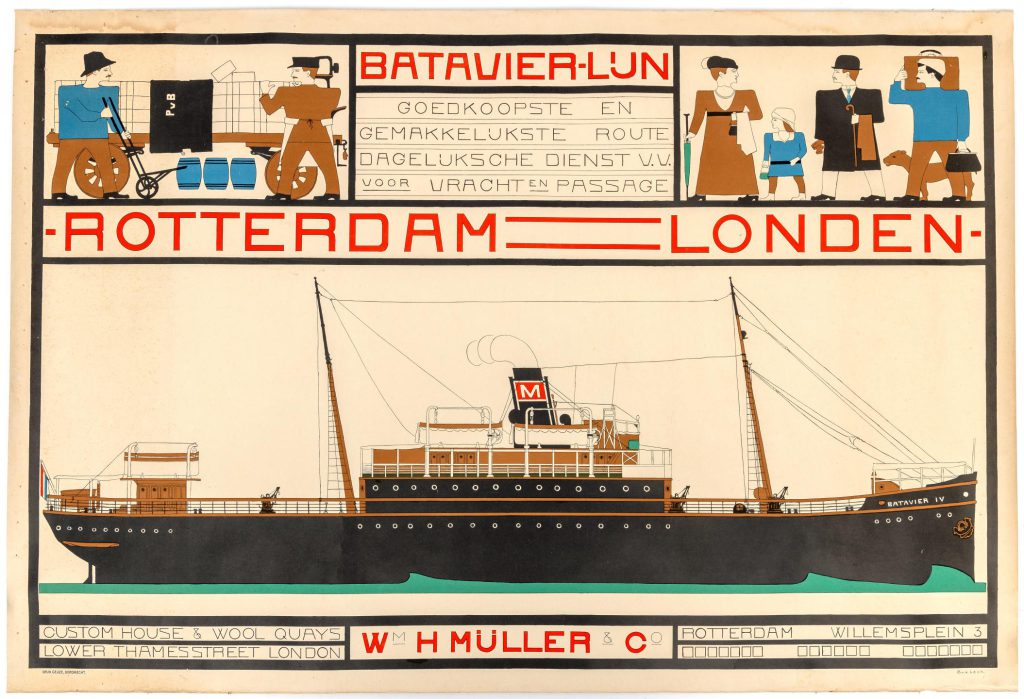
And as often the best came from an unexpected source. Among the 17th century graphic sheets we suddenly found a small gouache by Bart van der Leck (1876-1958) (lot 4880), a preliminary study of the work ‘Jager 1913’ now in the Kröller-Müller museum. And then at the last minute there was the ‘poster’ that one of the family members presented. It turned out to be the trouvaille of the collection, the Dutch version of the poster of the Batavier Line, 1914-1915. Van der Leck worked on behalf of Mr Kröller, director of the trading and shipping company Wm H. Müller & Co, and designed, among other things, this ‘advertising plate’. He wrote to his friend Piet Klaarhamer: ‘Don’t you find it strange that I have to make a poster for the Batavier Line? Work that I have so often thought of as desirable? and now on commission!’ (lot 2615)
From the living room of a notable from the early 20th century, the works moved via France to the auction rooms of one of the oldest auction houses in Amsterdam and the circle is complete. New collectors can touch history and hang it on the wall, works find a new destination. And in the meantime, the memory of one of the most beautiful appraisal visits ever remains, art history worth touching.
